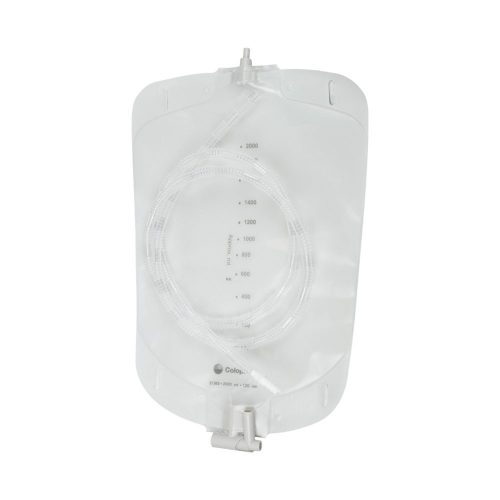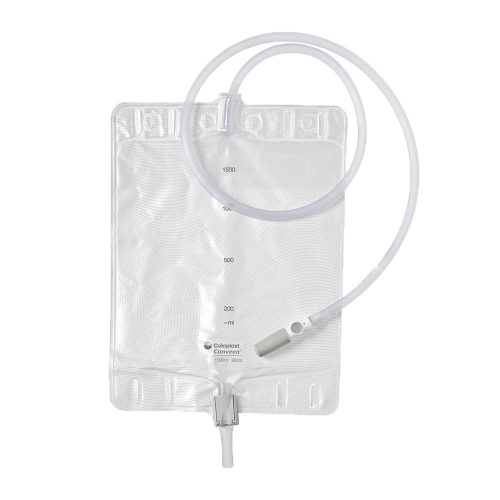FREE Shipping on Orders over $89 with Account – Create One Today!
- (844)-859-9400
- Get Help

✓ 2-step outlet or lever tap
✓ 2 liter volume
✓ Anti-kink non-adjustable 52″ tube
✓ Anti-reflux valve
✓ Universal tapered adapter
✓ Connected bed hanger & sheet clip
✓ Attachable to bed or wheelchair
✓ Sterile fluid pathway
✓ No natural rubber latex
Showing all 4 results




Individuals living with a Foley or a male external catheter system typically transition from a smaller-sized leg bag intended for mobile daytime use to a bedside drainage bag. Also referred to as a “night bag,” this larger-volume system attaches to a wheelchair or side of a bed to remain accessible and collect urinary output.
Patients end up using a Foley or male external catheter to manage incontinence or another urinary retention condition, recover from surgery, live with a spinal cord injury or if they are bedridden or non-ambulatory.
These patients typically use a smaller leg or catheter bag during the day to collect and drain urine, and change to a larger bedside drainage bag before going to sleep.
Considering the purpose and design, bedside drainage bags:
For overnight urinary drainage, some patients benefit from a belly bag. Designed for those who use a suprapubic catheter, this closed-system bag is secured around the waist with a belt, where urine gathers until it’s drained with a tap located toward the base.
You have several choices for features and functions when it comes to an overnight bladder bag: